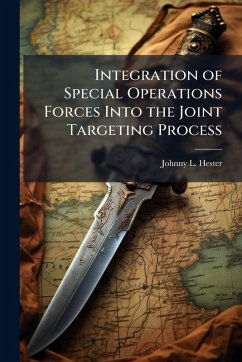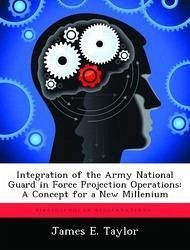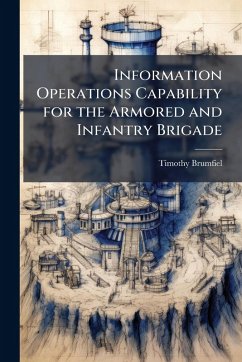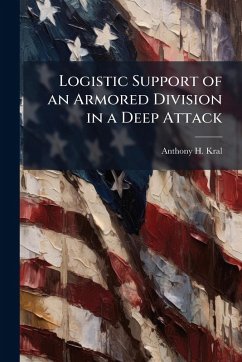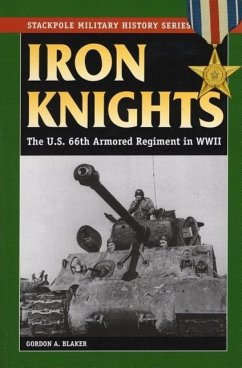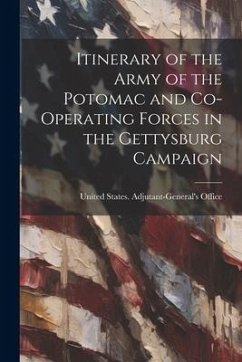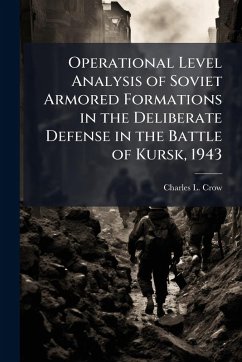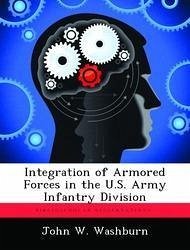
Integration of Armored Forces in the U.S. Army Infantry Division
Versandkostenfrei!
Versandfertig in über 4 Wochen
14,99 €
inkl. MwSt.

PAYBACK Punkte
7 °P sammeln!
The integration of armored units within the U.S. Army's infantry divisions has historically been pivotal to the success of the infantry division in combat. Currently, none of the Army's tank or mechanized infantry battalions are organized or trained to directly support the Army's light, air assault or airborne infantry divisions. The 10th Mountain Division, the 25th Infantry Division, the 101st Air Assault Division and the 82nd Airborne Division currently have to draw armored support from the Army's armored or mechanized infantry divisions. This organizational shortfall is compounded by traini...
The integration of armored units within the U.S. Army's infantry divisions has historically been pivotal to the success of the infantry division in combat. Currently, none of the Army's tank or mechanized infantry battalions are organized or trained to directly support the Army's light, air assault or airborne infantry divisions. The 10th Mountain Division, the 25th Infantry Division, the 101st Air Assault Division and the 82nd Airborne Division currently have to draw armored support from the Army's armored or mechanized infantry divisions. This organizational shortfall is compounded by training and doctrinal issues. The most important of which is that the tank and mechanized infantry battalions within the Army's heavy divisions do not routinely train in the role of providing support to the Army's light, air assault or airborne infantry divisions. The monograph initially examines the period from 1940 until 1947, which was characterized by increasing integration of the two arms. This provides a basis for comparison with the current Army in terms of organization, doctrine and training. Subsequently, the monograph examines the changes associated with the Army's adoption of the Army of Excellence in the 1980s. This examination provides insight into how the Army currently achieves integration of its armored units and infantry divisions with respect to organization, doctrine and training. The monograph then evaluates the Army's current level of integration largely based on the Army's lessons from the Second World War. This study recommends that the Army re-allocate armored forces to directly support the Army's infantry divisions, even if this must be done at the expense of existing heavy forces. The study further recommends changes to the Army's current armored-infantry training model in order to establish habitual relationships between supporting armored units and supported infantry divisions. Finally, the study recommends limited changes to the current U.S. Army doctri This work has been selected by scholars as being culturally important, and is part of the knowledge base of civilization as we know it. This work was reproduced from the original artifact, and remains as true to the original work as possible. Therefore, you will see the original copyright references, library stamps (as most of these works have been housed in our most important libraries around the world), and other notations in the work. This work is in the public domain in the United States of America, and possibly other nations. Within the United States, you may freely copy and distribute this work, as no entity (individual or corporate) has a copyright on the body of the work. As a reproduction of a historical artifact, this work may contain missing or blurred pages, poor pictures, errant marks, etc. Scholars believe, and we concur, that this work is important enough to be preserved, reproduced, and made generally available to the public. We appreciate your support of the preservation process, and thank you for being an important part of keeping this knowledge alive and relevant.



